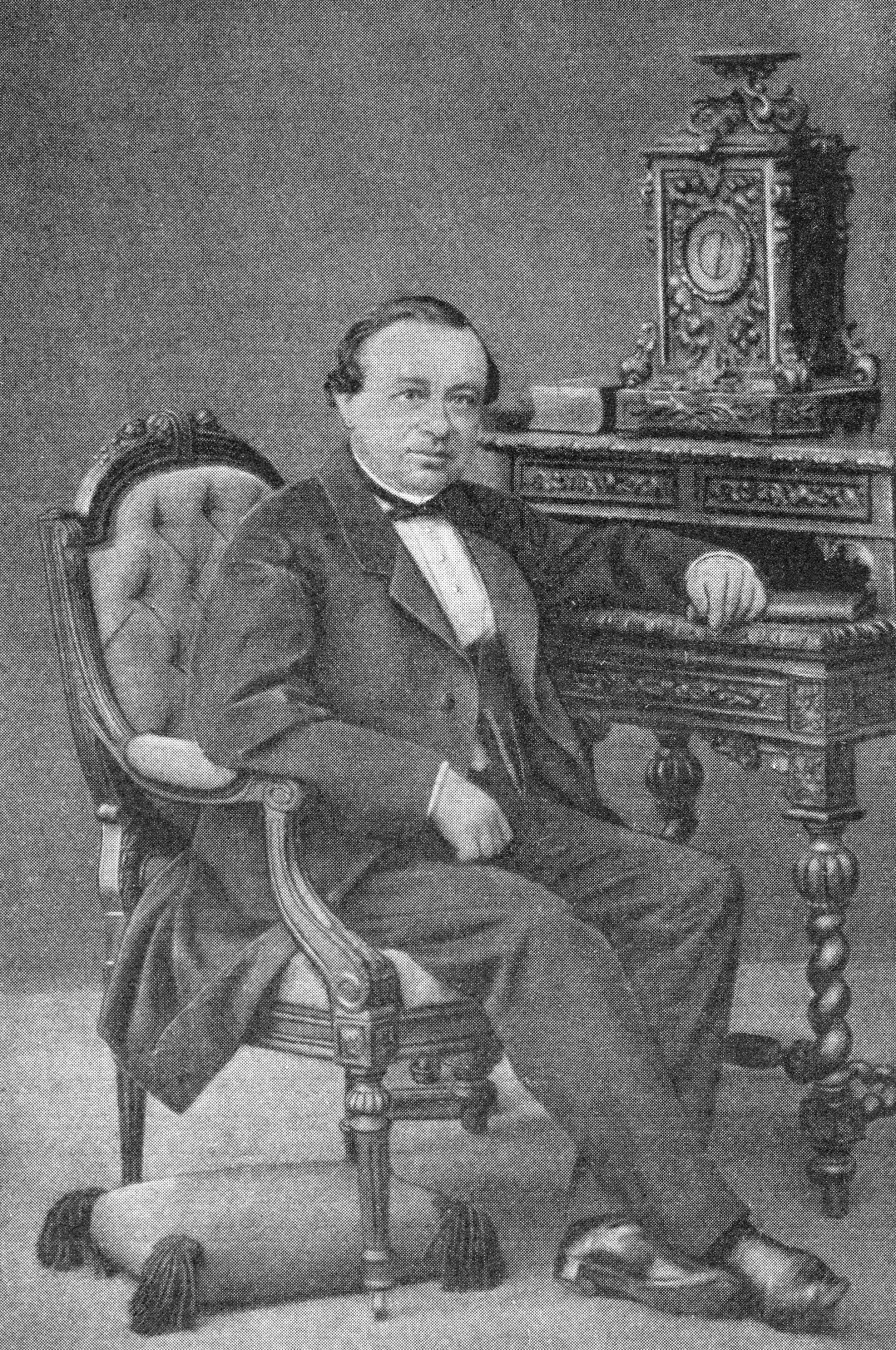Carl Julius Fritzsche

After five years spent working at his uncle's pharmacy in Dresden, he moved to Berlin, where he worked for two and a half years in the laboratory of chemist Johann Gottfried August Helming (1770–1830). In 1830 he became an assistant to Eilhard Mitscherlich at Berlin, subsequently receiving his doctorate with a thesis on pollen, Dissertatio de plantarum polline (1833). In 1844 he became an associate professor in St. Petersburg, where in 1852 he attained a full professorship.[1][2]
In his studies of anthracene, he discovered that "paranthracene" was an isomeric modification of anthracene when anthracene was exposed to sunlight.[1] Also, he was able to obtain the crystalline compounds of picric acid with hydrocarbons (benzene, naphthalene, etc.)[3] In addition, he studied the nature of murexide and recognized it as the ammonium salt of purpuric acid.[1]
He is credited with coining the term "aniline" from the Sanskrit word for the indigo plant. In 1841 he obtained aniline by distilling indigo with caustic potash.[4] The mineral "fritzscheite" in named in his honor.[5]
References
- ADB: Fritzsche, Karl Julius at Allgemeine Deutsche Biographie
- Google Books Berichte der Deutschen Chemischen Gesellschaft, Volume 5
- A Dictionary of Chemistry and the Allied Branches of Other Sciences, Volume 4 by Henry Watts
- Illustrated Encyclopedia of World Costume by Doreen Yarwood
- Mindat.org Classification of Fritzscheite